Whether it's managing diabetes, thyroid disorders, or complex hormonal imbalances, staying aligned with rapidly updating standards from organizations like the ADA, AACE, or Endocrine Society is crucial. But ensuring that guideline adherence happens consistently—especially amid overloaded care teams and fragmented workflows—is a challenge.
This is where artificial intelligence (AI) becomes not just helpful but essential. AI can act as a real-time co-pilot, guiding endocrinologists and care teams through complex documentation, triage, and follow-up—ensuring that every care plan reflects the latest standards without requiring hours of manual chart review.
Where AI Can Help Standardize Care
1. Real-Time Clinical Decision Support
AI tools can analyze structured and unstructured patient data—labs, vitals, provider notes—and recommend treatment pathways that align with current guidelines. For example:
- For a patient with new-onset type 2 diabetes, AI can prompt the provider to assess cardiovascular risk, recommend GLP-1 receptor agonists or SGLT2 inhibitors per ADA guidelines, and suggest timely follow-up labs.
- For thyroid nodules, AI can guide interpretation of ultrasound and biopsy results based on AACE guidelines, helping clinicians determine whether to monitor, refer, or operate.
This reduces reliance on memory and manual lookup, and ensures guideline adherence at the point of care.
2. Automation of Documentation and Coding
Endocrinology documentation is notoriously time-consuming. AI can automatically draft documentation that reflects guideline-based assessments (e.g., including foot exam details for diabetes, or treatment goals for hypothyroidism), ensuring that clinical notes are not only complete but also compliant.
At the same time, it helps coders and billing teams assign accurate diagnosis and procedure codes aligned with treatment decisions—reducing claim denials and audit risk.
3. Proactive Care Gap Identification
AI can continuously scan the EHR for missing labs, overdue screenings, or deviation from recommended care intervals. For instance:
- Notifying teams when an A1c is overdue
- Surfacing alerts when insulin dose titration has not occurred after a recent spike in blood glucose
- Flagging patients who haven’t had a thyroid panel in the past 12 months despite known Hashimoto’s
This “always-on” monitoring helps care teams close gaps before they become clinical liabilities.
4. Embedded Quality Measurement
With value-based care programs pushing for higher quality scores, AI can automatically track adherence to metrics like:
- Percentage of diabetic patients with controlled A1c
- Annual foot or retinal exams
- Timely follow-up after endocrine-related ER visits
These metrics can then be used for internal dashboards, payer reporting, and MIPS/MACRA submissions—all without adding burden to already taxed clinicians.
Why Manual Approaches Fall Short
Even the most diligent providers can’t possibly memorize and implement every guideline update—especially when juggling hundreds of patients and administrative tasks. Relying on memory, static reference PDFs, or occasional CME sessions simply doesn’t cut it anymore.
Here’s what often happens without AI:
- Delayed adoption of new therapies (e.g., newer GLP-1s)
- Missed screenings for complications
- Incomplete documentation, leading to claim denials or non-compliance
- Patients falling through cracks in care transitions
How Honey Health Solves for This
Honey Health is built specifically to eliminate these gaps—embedding real-time guideline checks into the day-to-day workflows of endocrinology teams.
With Honey Health’s AI:
- Care gaps are flagged before the patient visit (not after)
- Documentation is auto-drafted to match guidelines
- Billing accuracy improves with CPT/ICD suggestions tied to protocols
- Custom prompts can be added based on clinic-specific care pathways or payor requirements
Plus, it integrates seamlessly into your existing systems—no new portals, no retraining.
In Summary
AI is not replacing clinical expertise in endocrinology—it’s supercharging it. By helping ensure consistent guideline adherence, AI:
- Reduces errors
- Improves care quality
- Boosts compliance and billing accuracy
- Lightens the load for clinicians
If your clinic is still relying on manual reminders, sticky notes, or overworked MAs to keep guideline adherence on track, it’s time to bring in an AI co-worker.

